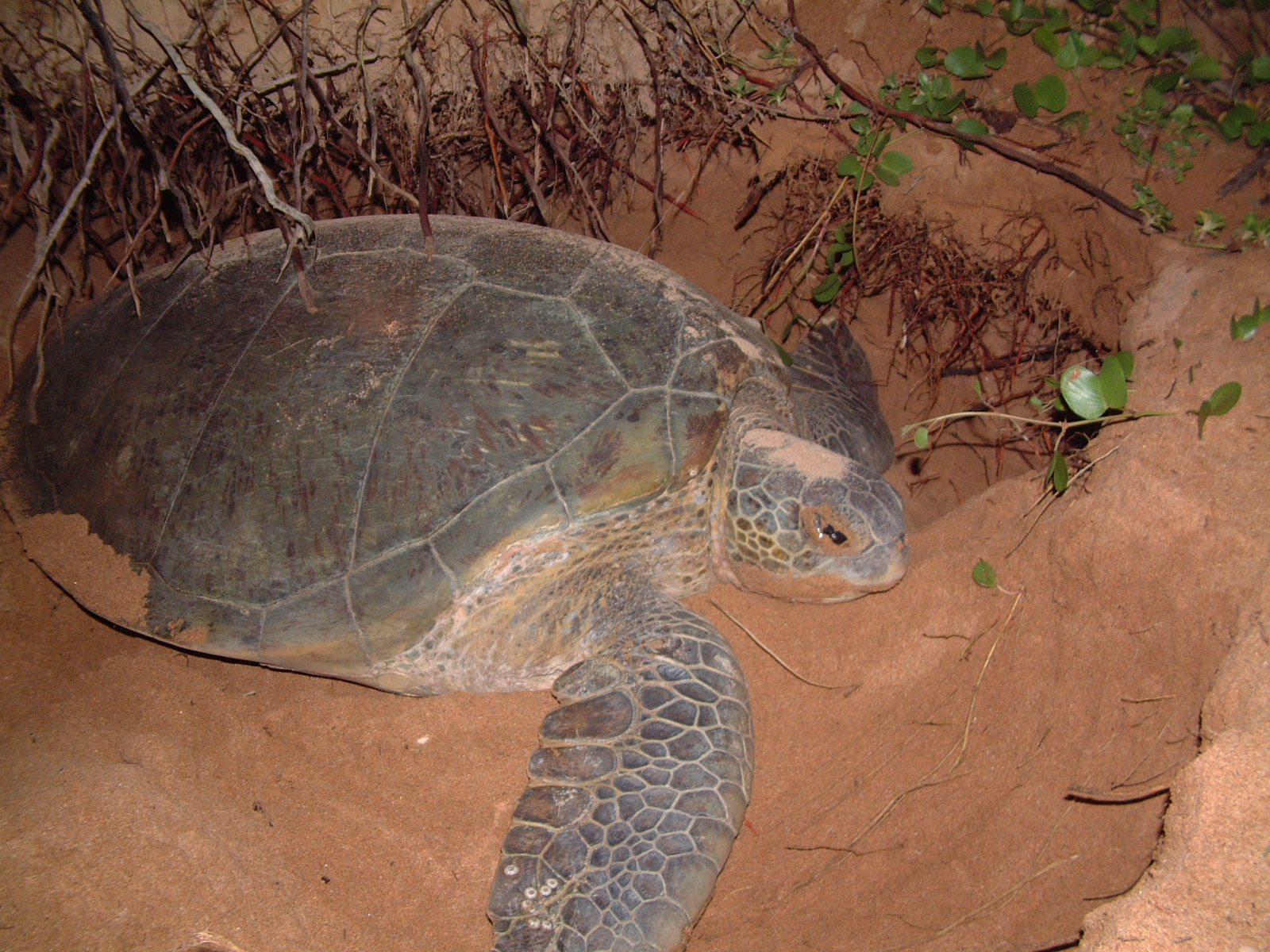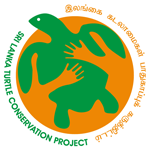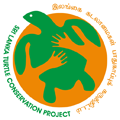

Scientific Name
Chelonia mydas

Conservation status
Endangered

Population
Declining

Average lifespan
60 – 70 years

Average adult weight
136 – 199 kgs

Average adult size
0.9 – 1.2 m

Biogeographic realm
Indo-Malayan, Indo-Pacific, Palearctic, Nearctic
Green turtles are the largest hard-shelled sea turtle. They are highly migratory and can be found in all ( sub-) tropical seas such as the Indian, Atlantic, Caribbean, and Pacific Oceans. Green turtles are caught and killed to make ‘’turtle soup’’ which is a delicacy in many parts of the world. Their English name refers to the color of the fat layer found under their shells. The adult green turtles are herbivorous, feeding only on marine vegetation such as seagrass and seaweeds which gives their fat layer a Greenish color. Young green turtles are carnivorous and reach sexual maturity at the age of 25 -35 years. A matured female green turtle lays 100-200 eggs per clutch. The heart-shaped carapace of this creature varies from Green-Yellow to Grey-Brown in color, consisting of 5 vertebral scutes. Globally classified as endangered, green sea turtles are often threatened by bycatch in fishing gear, direct harvest for eggs and meat, loss and degradation of nesting habitats, vessel strikes, and ocean pollution.

